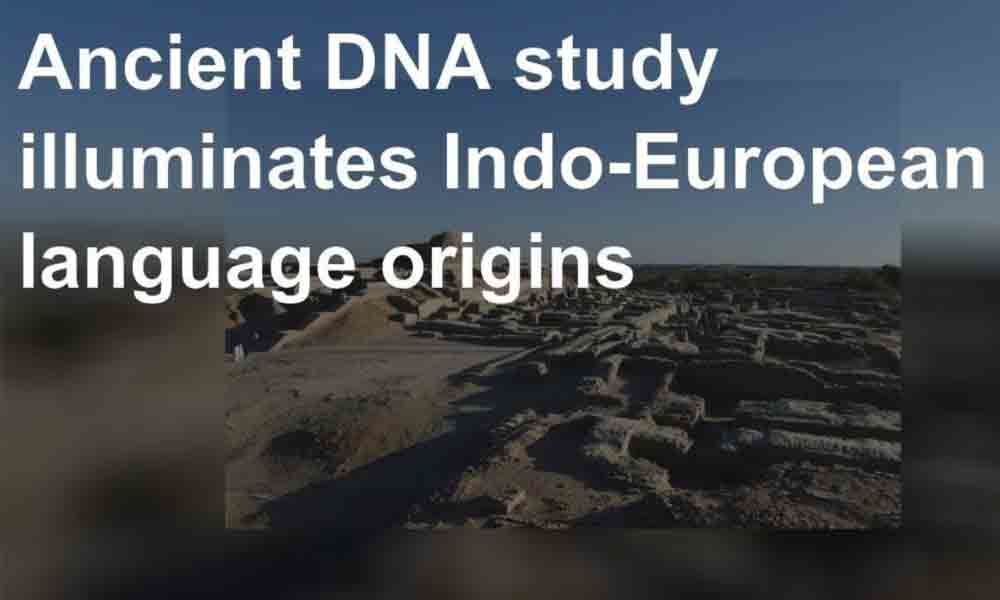Ancient DNA study illuminates Indo-European language origins

For decades, researchers have debated how Indo-European languages came to be spoken from the British Isles to South Asia.
For decades, researchers have debated how Indo-European languages came to be spoken from the British Isles to South Asia.
Now, the largest-ever study of ancient human DNA suggests that the answer may lie with a mass migration of Bronze Age herders from the Eurasian Steppes, starting 5,000 years ago, westward to Europe and east to Asia. Vagheesh Narasimhan, co-first author of the paper published in the journal Science on Thursday, told AFP that the role of population movements over the past 10,000 years was key to understanding linguistic changes and the transition from hunter-gatherer activities to farming. "There's been a lot of DNA work, as well as archeological work, about both of these processes in Europe," the postdoctoral fellow at Harvard Medical School explained, but these transformations are less understood in Asia.
A global team of geneticists, archeologists and anthropologists analyzed the genomes of 524 never-before-studied ancient individuals from Central and South Asia, increasing the worldwide total of published ancient genomes by about 25 per cent. By comparing the genomes to one another and to previously discovered remains, and by placing that information into its historical context through archeological and linguistic records, the team was able to fill the gaps in our current understanding. A 2015 paper indicated that Indo-European languages - the world's biggest language group that includes Hindi-Urdu, Farsi, Russian, English, French, Gaelic and more than 400 others -arrived in Europe via the steppes.
Despite being spread over a vast area encompassing myriad cultures, these languages share uncanny similarities in syntax, numbers, basic adjectives and numerous nouns including those related to kin, body parts and more. The path of the proto-Indo European languages to Asia was less clear: one school of thought held they spread from farmers from Anatolia (present-day Turkey). But the paper found that present-day South Asians have little if any shared ancestry with these ancient Anatolian farmers.
"We can rule out a large-scale spread of farmers with Anatolian roots into South Asia, the centerpiece of the 'Anatolian hypothesis' that such movement brought farming and Indo-European languages into the region," said co-author David Reich, also at Harvard Medical School.
"Since no substantial movements of people occurred, this is checkmate for the Anatolian hypothesis." There are two new lines of evidence in favour of steppe origin. First, the researchers detected genetic similarities that connect speakers of the Indo-Iranian and Balto-Slavic branches of Indo-European. They found that the present-day speakers of both these groups descend from a subgroup of steppe herders who moved west toward Europe 5,000 years ago, then spread back east to Central and South Asia in the following 1,500 years.
Another observation in favour of the theory: South Asians who today speak Dravidian languages (mainly in southern India and southwestern Pakistan) had very little steppe DNA, while those who speak Indo-European languages like Hindi, Punjabi, Bengali have far more. As far as agriculture is concerned, prior work has found that farming spread to Europe via people of Anatolian ancestry. South Asians, however, share little to no ancestry with the Anatolians, ruling them out, while the archeological record shows the activity also predates the steppe herders, leading researchers to conclude agriculture arrived independently in the region.














